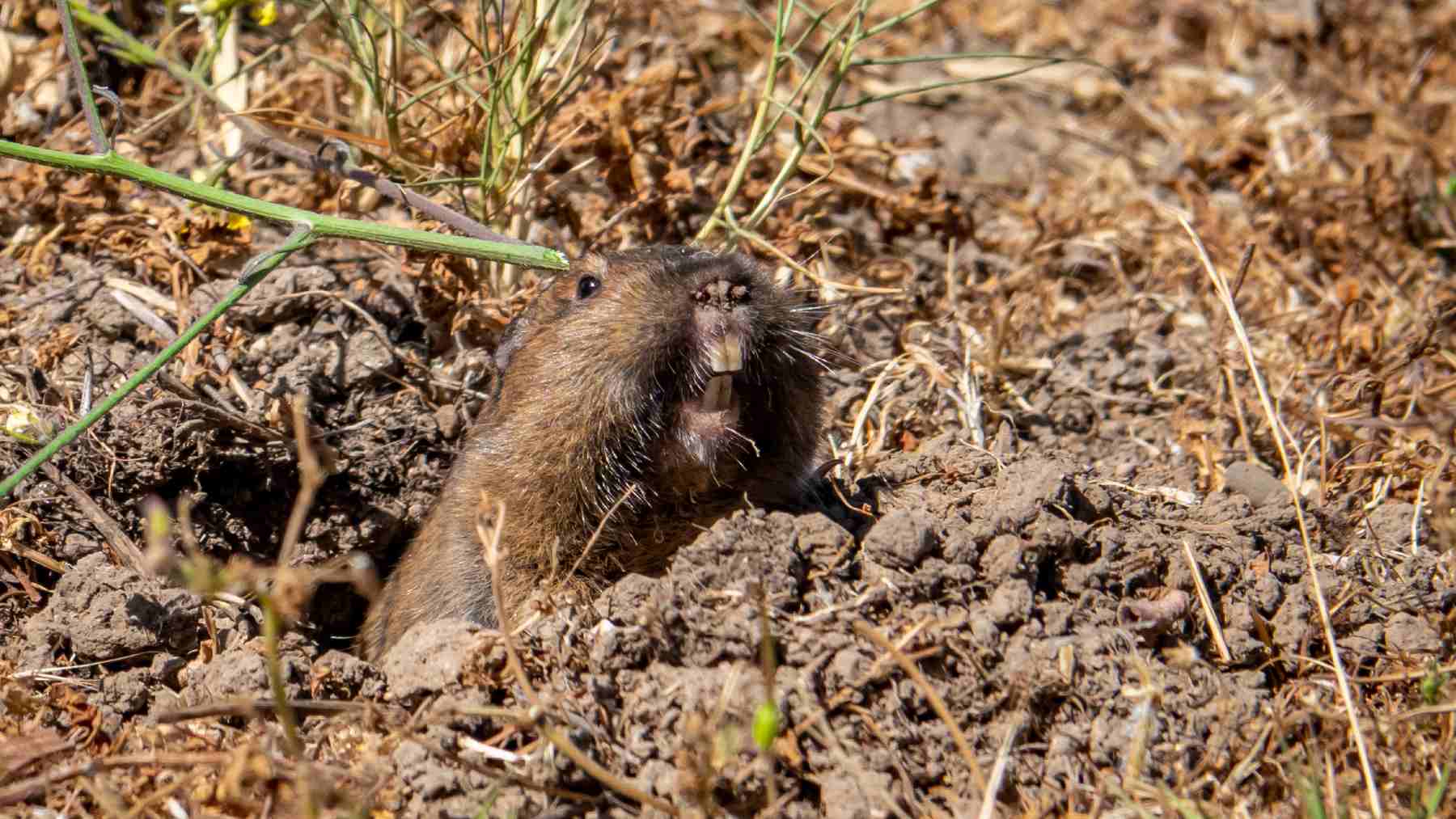There are many animals in the world that have gone extinct over the years, be it because of changes in their environment, overhunting or just happenstance. Every time this happens it is a bit of a tragedy, as we lose some of the biodiversity that makes our planet unique, but every once in a while we find that an animal that we thought to be extinct is not, and that is always cause for celebration. In this case, it is the De Winton’s golden mole that has been found once again after more than 80 years of being mourned by the scientific community.
In all fairness, since it is a mole, it can be quite hard to find as its habitat is underground, but after the last confirmed sighting in 1937, no one thought it would be seen again. But science has advanced a whole lot since the 30s, and so now, thanks to environmental DNA traces analyzed in 2023, scientists were able to confirm that the mole was still alive.
The De Winton’s golden mole, a case of disappearance but not extinction
The traces that confirmed that this species had not yet vanished were found by researchers from the Endangered Wildlife Trust and the University of Pretoria, who took over 100 sand samples from beaches and dunes around Port Nolloth, in northwest South Africa, during June 2021. Their goal was to find traces of any golden mole species, but the real challenge came in proving that one of those traces belonged to De Winton’s golden mole specifically.
Given that the De Winton’s golden mole was considered to be extinct, the comparative sample should have been a problem, but a specimen had been preserved in a Cape Town museum and by sequencing its DNA and matching it to what they found in the wild, they were able to confirm the rediscovery of the elusive species. As the researchers explained it, “We have entered the frontier of eDNA, where there are many opportunities, not only for moles, but also for other lost or endangered species.”
Scientifically known as Cryptochloris wintoni this mole has some distinct characteristics that set it apart from other similar ones. This species has strong front limbs with three claws, one of them unusually long, perfect for digging, dense, slate-gray fur with yellowish highlights to keep sand out, and the characteristic blindness of moles. Instead of relying on vision, it senses vibrations with an inner ear structure that acts like a ground-level radar system.
It habitat is quite particular, which also made finding them a true artform, as they favor dry coastal scrublands and dune zones just like another similar species, Grant’s golden mole. Despite similarities, these two species are easy to tell apart by sight due to their physical differences and genetic signatures, but the traces they leave behind are similar enough that for years many scientists discarded these territories as having two types of moles.
While the discovery that the species is still alive and thriving is thrilling, it is not enough to satisfy scientists and conservationists, as the mole is currently listed as critically endangered by the IUCN. Habitat loss from diamond mining, agriculture, and urban sprawl puts major pressure on its limited range and despite the recent-ness of the discovery, it has been proven that its existence plays a valuable ecological role by aerating soil and controlling insect populations.
The De Winton’s golden mole is not the only believed extinct animal to be confirmed to be alive. A big global effort was launched in 2017 to find species long believed extinct and so fat it is the eleventh one to be confirmed alive out of 25 high-priority targets. With tools like eDNA and trained tracking dogs, the hope is growing that even more lost species might still be out there, hiding in plain sight.
